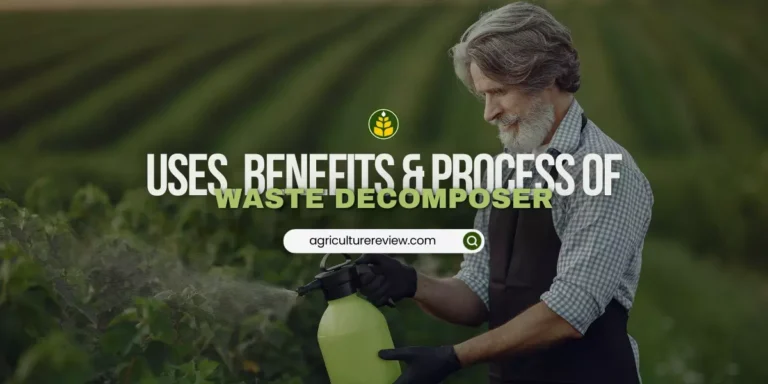Jethro Tull (1664 – 1741), known as the father of tillage is popular for major agricultural inventions of the seed drill, the horse-drawn hoe, and an improved plow in the 18th century agricultural revolution. Although he graduated in law from Oxford University in 1699, Tull got interested and involved in farming on his father’s land in 1700.

During the process, Tull noticed that local farmers used to broadcast seeds by hand for sowing on the field due to which much of the seeds were wasted. To solve this problem and increase efficiency, he invented a horse-drawn mechanical seed drill in 1701.
The seed drill developed by Tull consisted of a rotating cylinder in which grooves were cut for seeds to pass from a hopper above to a funnel below. The plow was attached to the front of the machine and the harrow at the rear. Seeds were carried into a channel dug by the plough which were covered by the harrow. By using this technique, seeds were sown in a line at a particular distance and depth.
It helped to reduce wastage of seeds and increase crop yield. Jethro Tull also emphasized the importance of tillage and sowing distance for successful crop production. Due to his idea of spacing between crops, his other invention Horse-drawn Hoe proved helpful in removing weeds without damaging the main crop due to proper spacing.
However, not all his theories and inventions were so useful. Tull also believed that animal manure was of no use for fertilizing crops and that crops take nutrients from minute soil particles, for which he was criticized by the experts. Moreover, his inventions became popular and common in use post 100 years after his invention after several improvements such as the addition of gears to the distribution mechanism.
If you have any queries, ideas or suggestions, then please comment below. You can also connect with Agriculture Review on Facebook, Instagram, Koo and WhatsApp Messenger.





